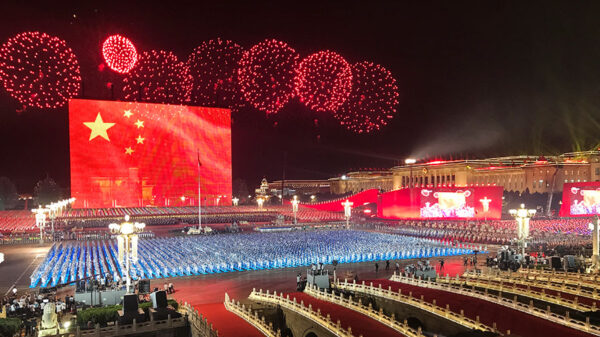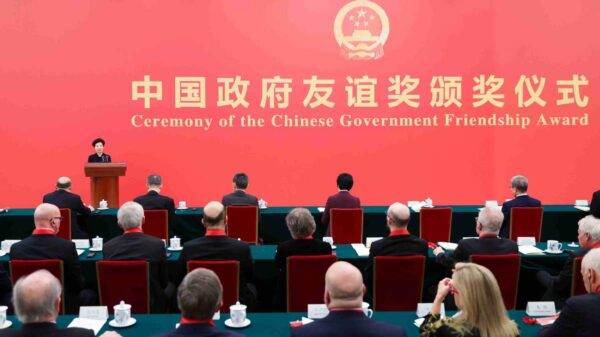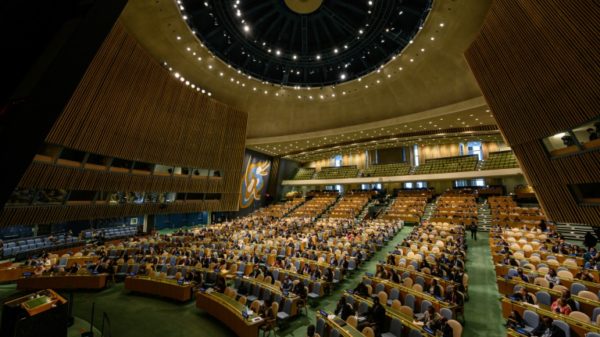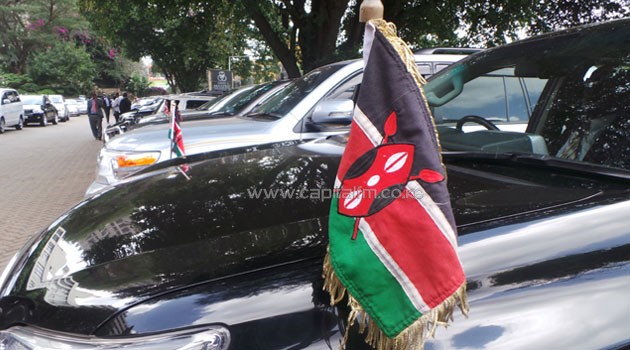India’s robust export performance has made a critical contribution to its economic growth in recent times. Despite global economic woes, India’s overall exports, merchant and services combined, grew at 17.33 per cent to $641 billion during April-January 2022-23 compared to $547 billion during the same period last year. This comes after India witnessed an unprecedented growth of 45 per cent with exports touching $422 billion in 2021-22, baffling most pessimistic trade theorists. During this period, India has demonstrated its capability to navigate successfully through the “storm” – of post-pandemic supply-chain woes as well as geopolitical factors — and its resilience has stunned the world.
The country’s exports performance was not an accident but was the result of well-crafted trade policy interventions, their efficacious implementation and a host of other initiatives to create a conducive ecosystem to promote exports. Export facilitation ensured the effective conceptualisation and implementation of a bundle of export promotion schemes such as the Market Access Initiative (MAI), Remission of Duties and Tax on Exported Products (RoDTEP), Trade Infrastructure for Exports Scheme (TIES) and Interest Equalisation Schemes on pre- and post-shipment rupee export credit, among others. This export promotion strategy has led to a sustainable rise in India’s exports. The focused approach to capitalise on the country’s inherent strengths has led to a transformation of its export basket. For instance, toy exports from India rose to Rs 1,017 crore in April-December 2022 from merely Rs167 crore in April-December 2013.
The Production-linked Incentive (PLI) scheme has been a game changer. It has not only transformed India into a manufacturing hub but has also curtailed its burgeoning trade deficit in electronics and other manufactured goods. With an outlay of over Rs 2 lakh crore, the PLI scheme, launched in March 2020, initially targeted manufacturing mobile phones, electrical components and medical devices, and was later extended to 14 manufacturing sectors. As a result, electronics manufacturing attracted a massive investment and its exports have grown rapidly by over 55 per cent annually. Exports of mobile phones alone may reach $10 billion during the current financial year.
Logistics, a critical stumbling block in India’s exports competitiveness, has been proactively addressed in the Union budget 2023-24. Capital expenditure allocation has been sharply increased by 33 per cent to a record Rs 10 trillion on the development of rail, road, air, and ocean infrastructure, which would go a long way to make export logistics efficient. It will also integrate Indian production systems with global value chains (GVC), boosting exports.
Fears of a slowdown and an imminent recession threaten the world economy. India’s exports are expected to be adversely impacted by the global economic slump. The IMF has forecasted world trade to grow at 2.3 per cent through 2031, compared to projected global GDP growth of 2.5 per cent (based on BCG’s global trade model). This requires India’s trade strategy and policies to be forward-looking to overcome emerging challenges.
Rationalisation of work allocation within the Ministry of Commerce and restructuring of its divisions and subordinate offices with futuristic objectives is likely to transform India’s institutional mechanisms to promote exports. Adopting the latest technology in the collection, assimilation, processing of data and making available real-time information across stakeholders has bridged the information gap between the exporters and the various government departments.
In recent years, the Ministry of Commerce has been actively engaging with state governments and at the district level for speedy and effective implementation of policy measures to promote exports. Each of the Indian states was asked to prepare an export promotion strategy involving not only the identification of potential products and markets but also the bottlenecks in realising their full exports’ potential. Moreover, the proactive involvement of Indian missions abroad not only in market identification but also in facilitating product entry has been a strategic transformation.

































